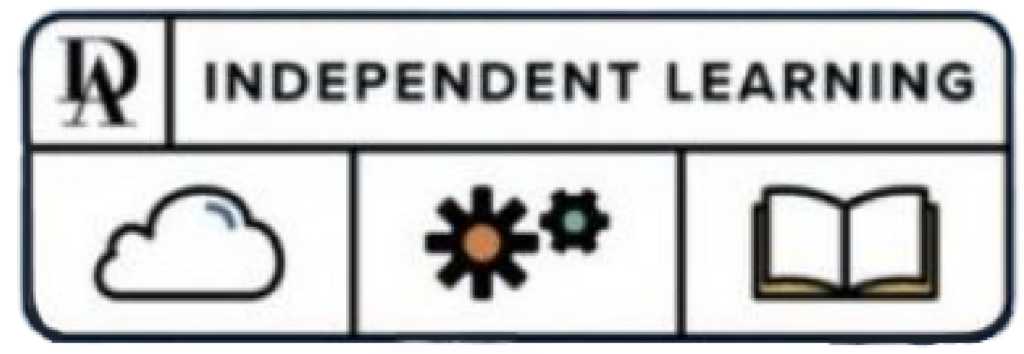Hi everyone, and welcome to my independent study on autism and gender!

About
Autism, and neurodiversity in general, is a very large and diverse subject with a wide variety to explore, so keep in mind that I will only be exploring a small sub-section and providing a very specific perspective on this subject.
I will be posting about the continuation of my research on the Home page again this semester, but you can also find information from this and last year across the various pages above on this blog. Please explore and comment any questions/concerns you have!
This Semester
I will be continuing my research with this blog, this time expanding it to include both student and faculty education and increasing my specificity to just focus on my school.
My main goals this semester are to…
- uncover the misconceptions and prior education about autism in my community—what (mis)information people know and where they got that information
- tailor my final presentation and public display to those discrepancies and gaps in knowledge
I am hoping to do another presentation as my final project, this time focused not on autistic children in the classroom, but aimed at both teachers and students addressing autism knowledge and conceptions overall, as well as a visual display in the library or another public space for those who didn’t attend the presentation or who want to learn more.
Previous Semester
The first semester of this blog was a deep dive into various aspects of autism with a gender-conscious lens, specifically focused on:
- an overview of manifestation and the role masking plays in the spectrum of autism
- the scientific realm of diagnoses and research—examining under/misdiagnoses, the issues with the current DSM-5 system, and the changing conceptualization of autism and neurodiversity
- the relationship between traditional schools and autistic individuals, including proposed solutions for providing improved resources and support for autistic and neurodivergent individuals at Durham Academy
My final project was a presentation to our faculty in May on autism in general as well as recommendations about creating a more inclusive school environment for neurodivergent individuals as DA moves forward with our next 5-year plan (which includes neurodiversity as a key focus).
Important Disclaimer:
This blog is not seeking to replace current exclusionary constructions with regard to autism with another unhelpful binary of “male”/”female” autism.
Such discourse is not only scientifically inaccurate but also contributes to the erasure of the multitudes of autistic individuals who identify with genderqueer and trans communities.1234
This study originally began with the intention of examining how gendered social conditioning of autistic individuals from a young age can impact manifestation and masking, as well as how gender biases in research may affect diagnoses distributions and the resources available to certain autistic individuals who fall outside of the stereotypical, more popularized perception of autism.
I have since learned that the overlooked autistic presentations and underdiagnoses result not exclusively from gender, but rather due to the overlap between autism and other marginalized identities in society.
People of oppressed races, genders, sexualities, abilities, economic statuses, etc. face more pressure to mask and appear friendly because others are less “forgiving” than they would be to a stereotypical hyper-intelligent white male with some “quirks.”
Within society, for any minority population, being perceived as autistic can be immediately otherizing, socially and financially detrimental/dangerous, and even fatal.5
Within the diagnostic community, people with marginalized identities are overlooked and misidentified at augmented rates compared to those who fit a stereotypical autism profile and are privileged within the healthcare system in general.6
~~~~~~~~~~~
*Evidence suggests that neurodiverse people, particularly those on the autism
spectrum, are more likely to be gender diverse and have a lesbian, gay, bisexual,
queer, or asexual sexual orientation, compared to neurotypical people.1
*Autistic people were found to be 7.76 times more likely to report gender variance.2 3
*6–26% of transgender individuals were found to qualify for an autism diagnosis (compared to ~2.5% in the general population). 4 5
*Autistic people are seven times more likely to encounter police than “neurotypical” individuals. This is drastically augmented for autistics of color. 5
*We’re Not Broken by Eric Garcia, Unmasking Autism: Discovering the New Faces of Neurodiversity by Devon Price

